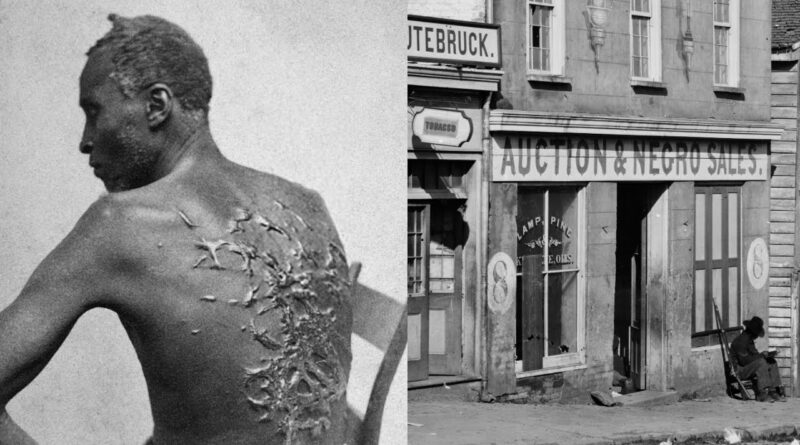Black Lives During The 1800’s | African American Lives | Early Negro Life
Head2toe photo presents Black Lives During The 1800’s | Black American Lives | Early Negro Life.
These Photos shows what life was like in all-Black towns during the 1800s. From Slavery to Civil War to Jim Crow to Hangings, Murders, Northern Migration…
“When the Civil War began, many Northern blacks volunteered to fight for the Union. Some people expressed surprise at how fiercely black troops fought. But black soldiers were fighting for more than restoring the Union. They were fighting to liberate their people. With the defeat of the Confederacy, Northern troops remained in the South to ensure the slaves newly won freedom. Blacks started their own churches and schools, purchased land, and voted themselves into office. By 1870, African Americans had sent 22 representatives to Congress. But many Southerners soon reacted to black emancipation. Supported by the surviving white power structure, Ku Klux Klan members organized terrorist raids and lynchings. They burned homes, schools, and churches. When Northern troops left in 1877, the white power structure returned. Within a couple of decades, this power structure succeeded in completely suppressing blacks. African Americans were excluded from voting. Southern states wrote Jim Crow laws that segregated blacks from white society. Blacks lived under constant threat of violence. Beginning in the 1890s, many blacks started moving North. World War I opened many factory jobs. In the 1920s, strict new laws drastically cut European immigration. The drop in immigration created a demand for industrial workers in the Northern cities. Southern blacks, still oppressed by segregation, began to migrate northward in increasing numbers. Young black men eagerly took unskilled jobs in meat packing plants, steel mills, and on auto assembly lines in Chicago, Omaha, and Detroit. Black workers unquestionably improved their lives in Northern cities. Indoor plumbing, gas heat, and nearby schools awaited many arrivals from the rural South. Discrimination also met them.”
source

